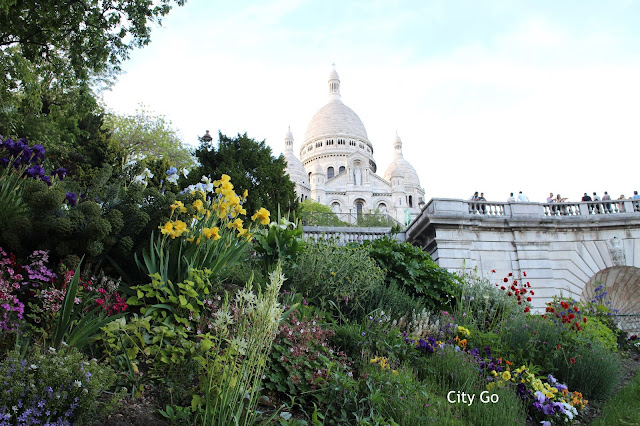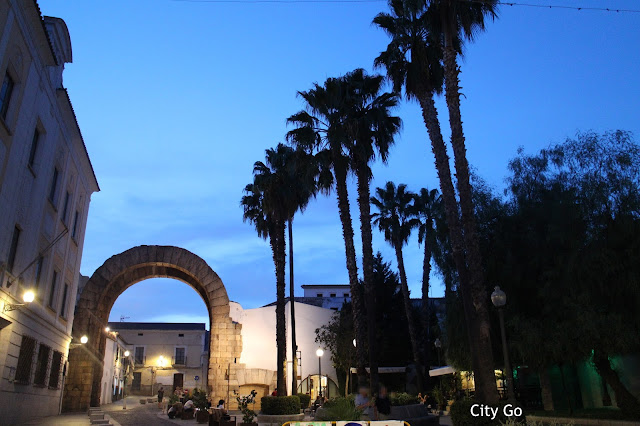Square Louise-Michel, Paris, France

The first square, Saint Pierre square, was created in 1877, but after some landslide problems, a new square started being planned in 1889. The eastern part of the park was concluded in 1894 including waterfalls, rock gardens, grottos, paths and stairways. The whole park was only concluded in 1927 and was inaugurated as Square Willette, after a painter. The square became known mainly for the 222 steps leading to the church of Sacré Coeur; however, it's a very relaxing place to rest, with its luxuriant vegetation, a variety of tree species and the monumental fountain, by Paul Gasq, dedicated to the sea gods. The square also offers magnificent views over the city of Paris. In 1975 the square was renamed Louise-Michel after a teacher and revolutionary of the Paris Commune. Opening hours: From 8 a.m. to 17.45 p.m. (Winter)/ 21.30 (Summer) (changes along the year); opens at 9 a.m. on Sat., Sun. and holidays. How to go: Anvers metro station.





